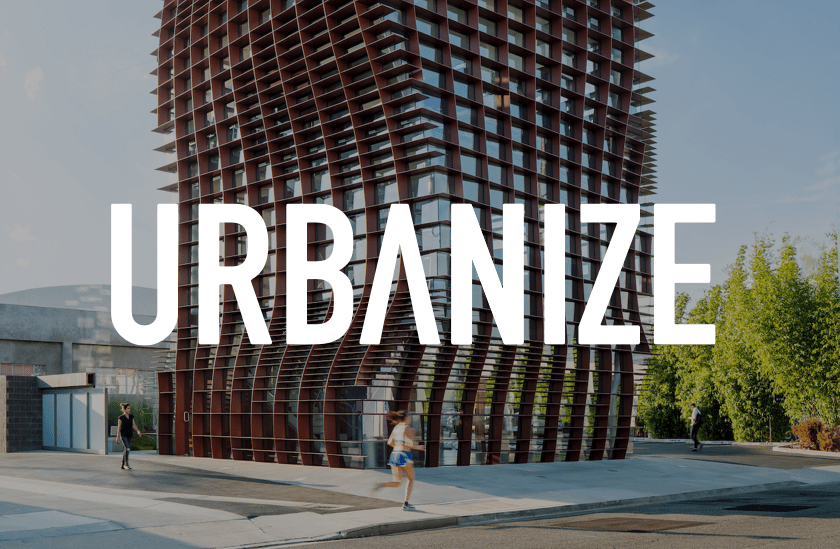A quick discussion on what's on the agenda with a few opinions thrown in
The continuation calendar has a few items of note, and I hope to see a project that will inspire other developers.
- Two proposals relate to converting a hotel from residential to tourist and then from tourist to residential.
- The proposal to convert 237 Sanchez from a single-family home to a five-unit building aims to solve San Francisco's housing crisis by adding density at this scale throughout the city.
- Lastly, a proposal is to construct a 29-story hotel at 570 Market Street. This proposal goes against many of the headlines about the struggle of hotels in San Francisco. It’s exciting to see this optimism; hopefully, a project will come to fruition.
The consent calendar covers a broad range of planning topics, and a theme emerges: converting retail to office amenity space.
- At 255 California Street, an application to convert two vacant ground-floor tenant spaces into a new conference center is proposed within 1,560 square feet; a new fitness amenity for exclusive use by office employees is proposed within 2,115 square feet of commercial space.
- An application was made to change 1463 Haight's use from a limited restaurant to a restaurant. The change of use will permit on-sale beer and wine to operate as a bona fide eating establishment pending approval of an ABC license.
- At 1530-1542 Haight Street, Gus’s Community Market wants to expand into an adjacent, vacant retail space exceeding 2,499 square feet within the Haight Street Neighborhood Commercial District. The overall use size would increase from 6,858 to 10,548 square feet.
The regular calendar has some classic San Francisco overreach.
Window replacement standards… an 88-page document to discuss window replacement standards has been submitted to the Commission. They do a good job of summarizing the way it is now, and the way it would be, so I copied and pasted that verbiage in verbatim.
“The Way It Is Now:
- The Planning Department reviews replacement of existing windows on all street facing elevations of all buildings, regardless of age, style, use, or historic status.
- The Planning Department considers a “replacement window” as replacement of an existing window within an existing opening. Changes to a window size or location on any elevation, street facing or not, would be considered a new opening subject to additional code and design review.
- The Planning Department reviews replacement windows in conformance with applicable design guidelines. Design guidelines may be specifically related to a building type, use, neighborhood, area plan, cultural district, age, and/or style. The Department reviews materiality, operation, depth, and style of replacement windows. Vinyl is not a permitted replacement material on street facing elevations.
- The Planning Department reviews replacement windows in conformance with Planning Code requirements.
The Way It Would Be:
- The Planning Department would review the replacement of existing windows on street facing elevations based only on the historic status of the building.
- The Planning Department would consider a “replacement window” to be replacement of an existing window with a new window of any size, location, arrangement, or design. Changes to a window size or location, on any elevation, would not be considered a new opening and would not be subject to additional code and design review. Any material, including vinyl, would be permitted on street-facing elevations.
- The Planning Department would only review replacement windows in conformance with applicable design guidelines if a property was a historic resource. 4.
- The Planning Department would only review replacement windows in conformance with Planning Code requirements if a property is a historic resource. “
While this seems straightforward, I’m sure this will be a hotly discussed topic.
Lastly, the commission will review and discuss Tenant Protections: Replacement Units and Tenant Rights.
This informational discussion allows the Planning Commission and the public to discuss new tenant protection legislation. The legislation aligns with Senate Bill 330, which protects tenants and multi-family housing by creating local demolition and tenant protection requirements.
The staff report and hearing will outline the proposal and collect feedback to balance housing production, replacement, tenant protections, and community needs.
The Residential Tenant Protection Ordinance aims to codify elements of SB 330 locally, minimizing displacement from residential demolition due to new housing developments. This proposal seeks to enhance protections for San Francisco tenants while meeting Housing Element and Regional Housing Need Allocation (RHNA) goals.






